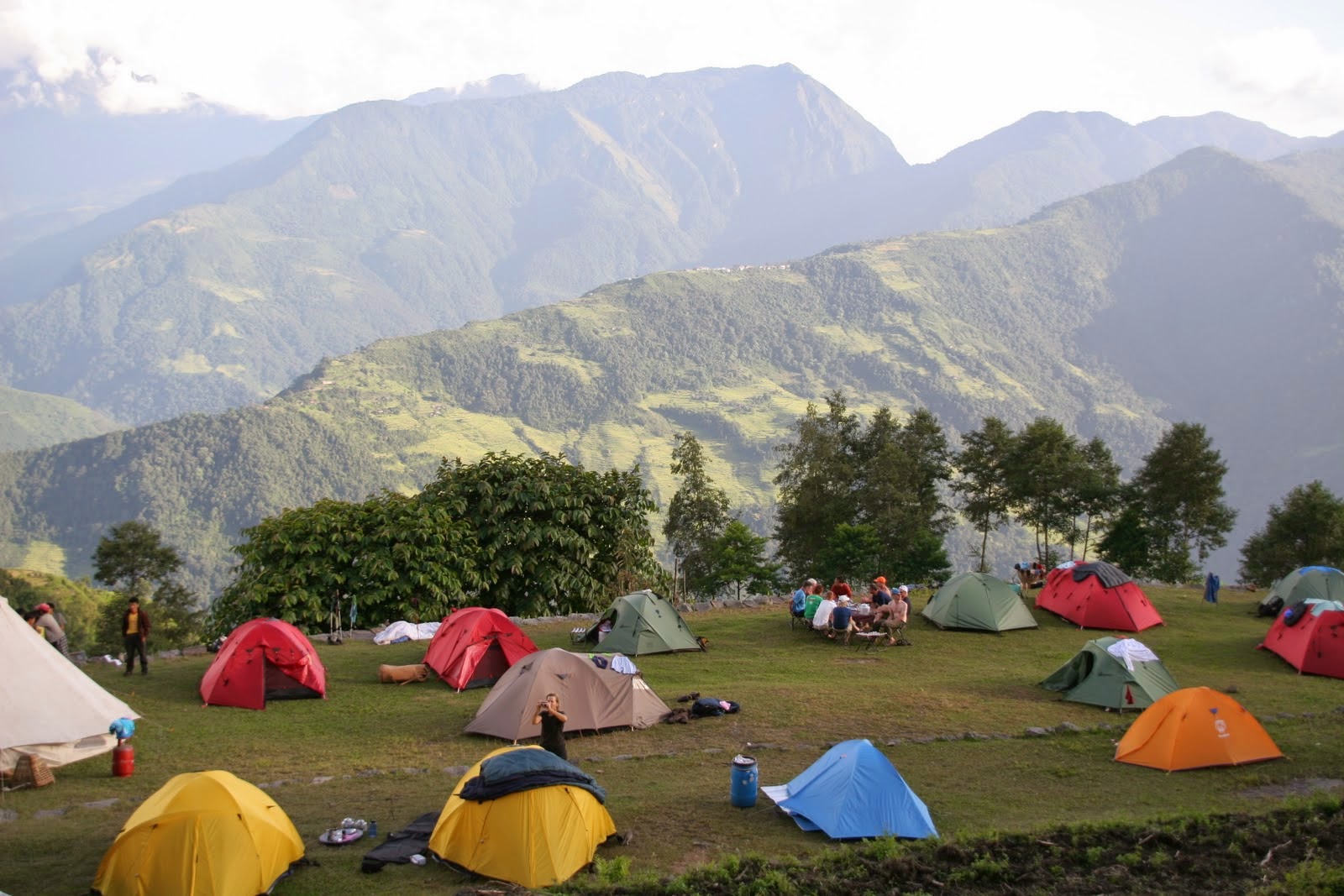Safe Trekking in Nepal
SEO Expert in Nepal
11:12 AM
0
The main precaution that needs to be taken while trekking is not to go up too high too fast. Acute Mountain Sickness (AMS) is caused by thin air at high altitudes starting from 2500 meters upwards and may even lead to death. So the body should be given enough time to acclimatize.
If you suffer from initial symptoms like headaches, shortness of breath, fatigue, nausea, inability to sleep, swelling of the face, hands and feet and loss of appetite, descend to a lower elevation immediately and seek medical help. Helicopter rescue service is available, but it is expensive. So comprehensive travel insurance is advised to cover emergencies like helicopter rescue and medical treatment in the event of an accident on the trail.
It is advisable to carry a small medical kit and torch light while trekking.
Himalayan Rescue Association (HRA)
The Himalayan Rescue Association (HRA), a non-profit organization, seeks to prevent casualties from AMS. It operates an information center at Thamel (Sagarmatha Complex) where visitors can attend talks on mountain sickness and learn about trekking, safety and related matters. Twice a year, it operates a small aid post in the Khumbu village of Pheriche at an altitude of 4280 meters during the trekking season by volunteer doctors. A permanent aid post in Manang is manned by volunteer doctors of HRA. HRA has published various pamphlets concerning mountain safety and are available in English, French, German, Hebrew and Japanese. For further information please contact Tel: 01-4440293.
Trekkers' Information Management System (TIMS):
In a bid to control illegal trekking operators and ensure the safety and security of the trekkers in the general trekking areas, Nepal Tourism Board (NTB) and Trekking Agencies Association of Nepal (TAAN) have made it mandatory for trekkers to sign up for the Trekkers' Information Management System (TIMS) Card from April 01 2010. TIMS Cards are available from the NTB office, TAAN office and government registered trekking companies in Kathmandu and Pokhara.Under the new rule, all visitors who go trekking through a trekking company must pay US$ 10, and free individual trekking (FIT) must pay US$ 20 per trekking route per person per entry. These amounts are payable in equivalent Nepalese rupees. Part of the collection will go into maintaining the trekkers' databasae and in the rescue of trekkers in need of emergency services. The fund will also be spent on infrastruture expansion, conservation and maintenance of existing trekking trails. For further information please contact Tel: 01-4443003, 444-920 or visit www.timsnepal.com.
Other precautions to be taken:
- Do not trek alone. Trekking with a guide from a registered agency is the greatest security.
- Do not display your cash or expensive items. Always lock your room and baggage.
- Drink water that has been boiled or iodized only. Always wash your hands before eating. Do not eat unpeeled fruit or vegetables unless they have been thoroughly washed.
- Villagers might not be used to seeing visitors from abroad. So don't mind if you are being stared at. Just smile and enjoy.
- Show decency in dress and avoid any show of public affection.
Environment Code:
Do not litter the trail with trash. Pack all your bottles, tins, plastics, foil, batteries, etc. so that they can be disposed at the nearest disposal site or carry them to your campsite, lodge or hotel. Likewise, sanitaary napkins and tampons should be properly disposed. Be a responsible tourist and use local products to avoid can food and the use of plastics where feasible.If you are camping, request that cooking be done on kerosene or gas, not wood. Limit your hot showers to those heated by solar energy or hydroelectricity.
Nepal is safe to travel now after the massive earthquake on 25 April 2015 and most of the trekking trails in Nepal are in operational. The world class popular and best treks Everest Base Camp Trek, Annapurna Base Camp Trek, Annapurna Circuit Trek, Upper Mustang Trek, Dhaulagiri Base Camp Trek, Ghorepani Poon Hill Trek, Manaslu Trek, Rara Lake Trek, Jomsom Muktinath Trek are safe to trek now. The bookings are open and most of the trekking routes are busy with the tourists in the current situation of touristic busy season. After the devastating earthquake, tourism in Nepal is very affected with the great loss in economy and many tourism professionals died in this tragedy situation but the travel and trekking agencies in Nepal are hopeful that next season (March-April-May) will be good for tourism and tourist will come to Nepal for rebuilding the nation through tourism.





















No comments